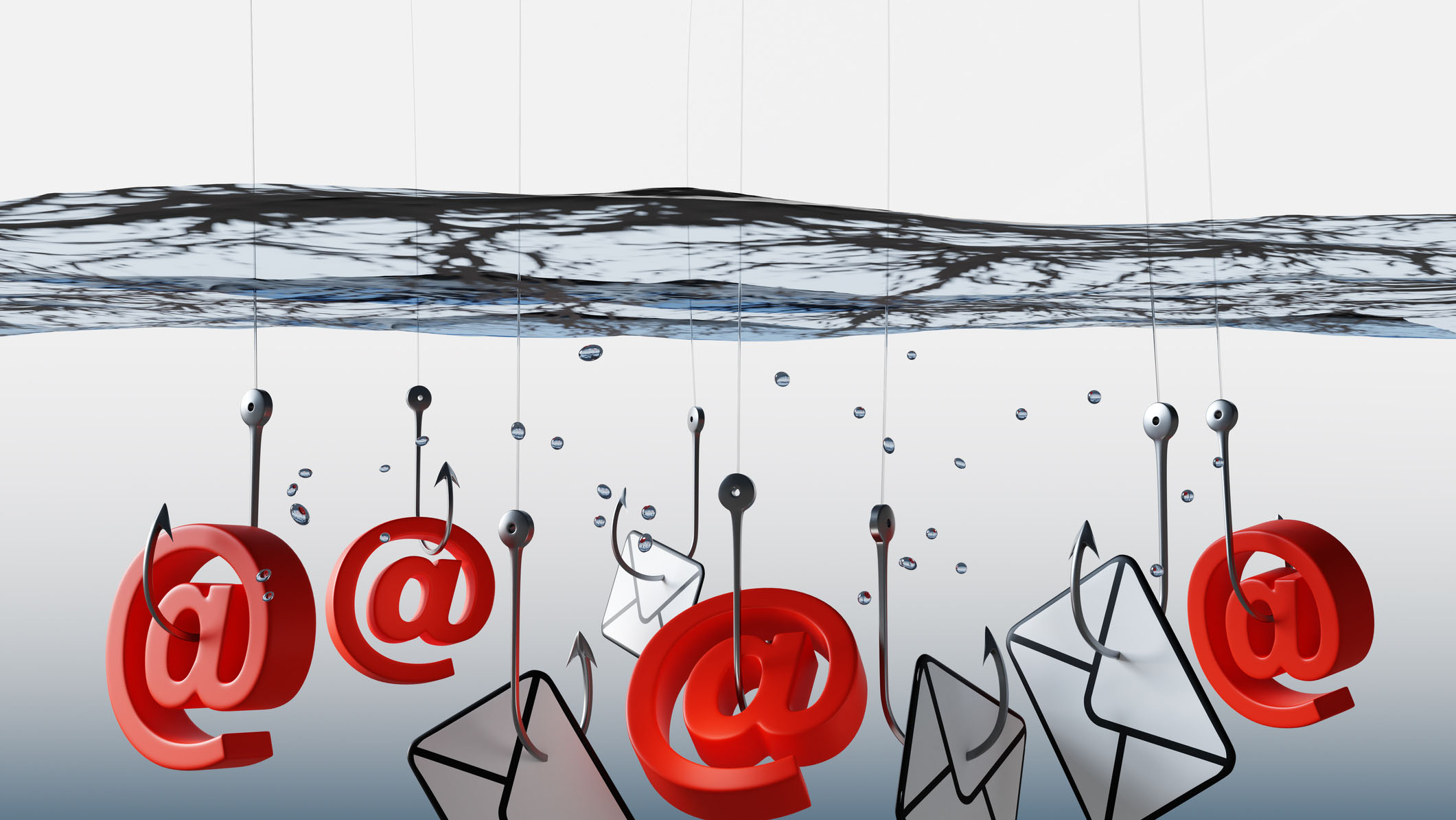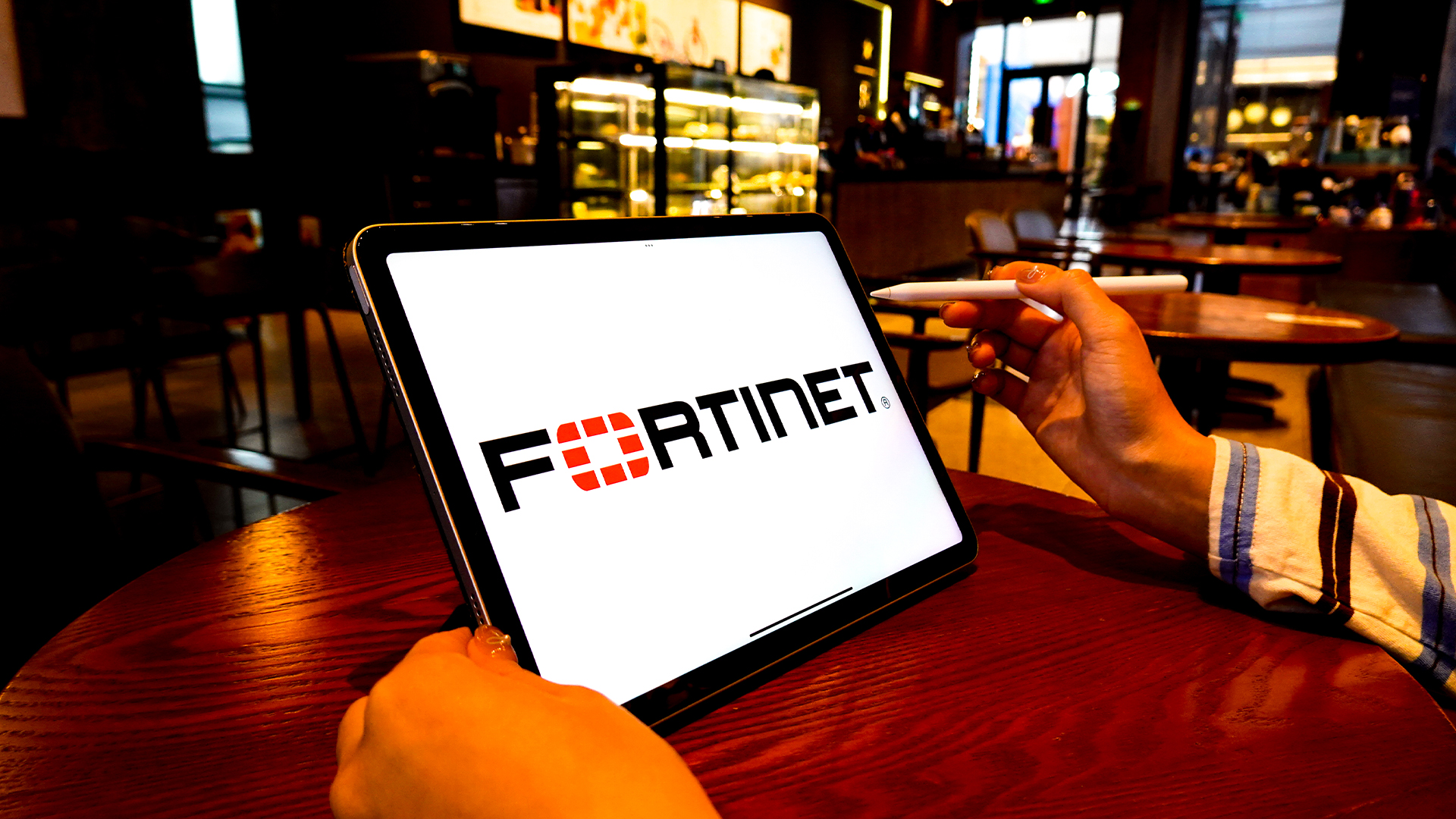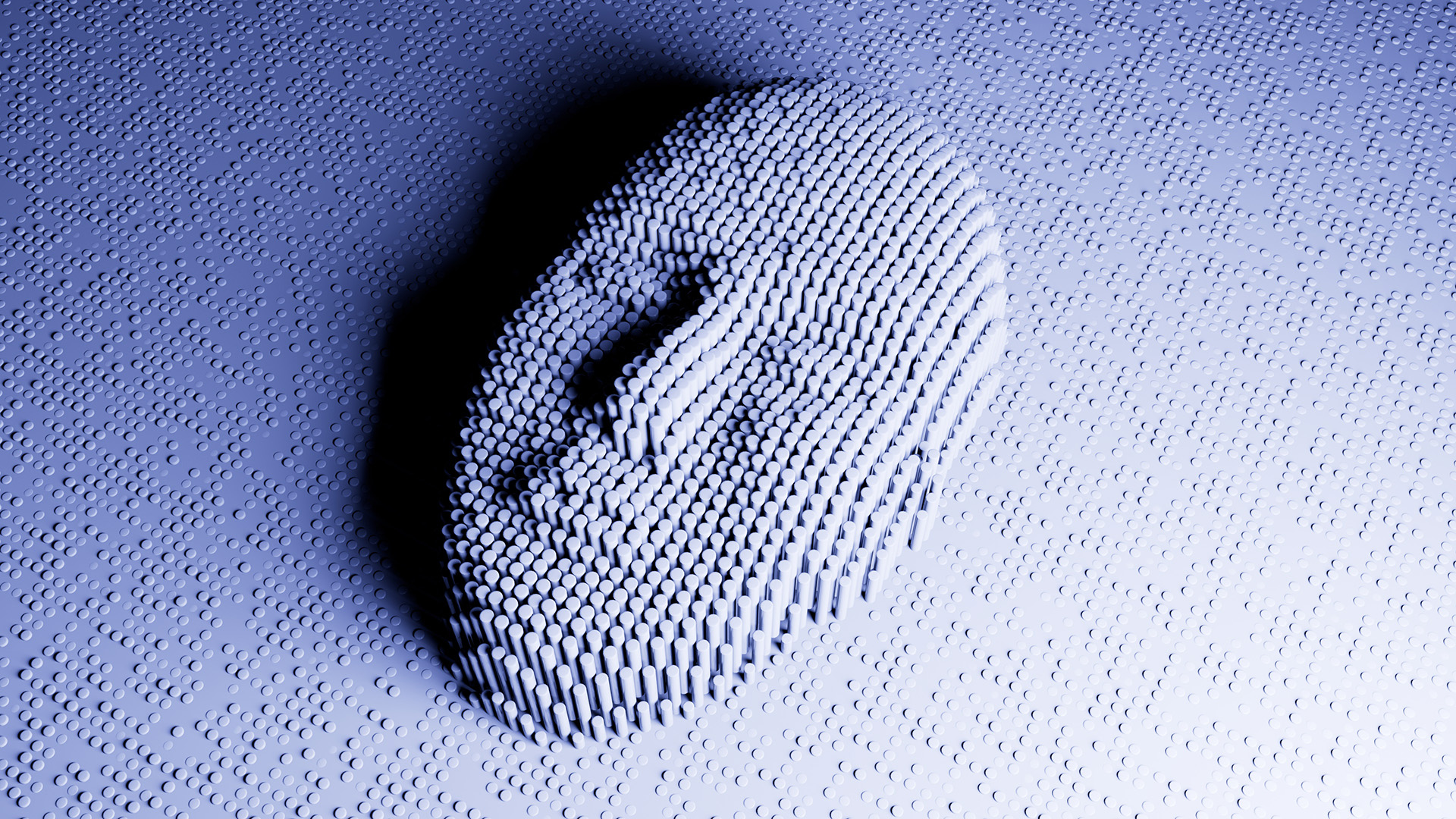Email still the top vector for attackers
Infection chains might change, but the initiation method remains the same


While more exotic forms of attack may make headlines, it turns out good old email is still the most popular vector of attack for malicious actors, according to research from HP Wolf Security, accounting for 79% of threats.
The figure is a single percentage point down from 2022’s figures but highlights issues facing email administrators. Web browser downloads also dropped by 1% to 12%, while other vectors, such as removable media, grew to 9%.
Researchers noted that while attack chains tended to be formulaic, there had been a move to threat actors connecting different components to create something more unique – and harder to detect.
According to researchers “32% of the QakBot infection chains analyzed by HP in Q2 were unique”.
QakBot spam activity surged in Q2 2023, with the malware distributors switching between many different file types to infect PCs.
Patrick Schläpfer, Senior Malware Analyst at HP Wolf Security, told ITPro that the team had seen continuous and rapid change across various attack vectors. He gave the example of the QakBot campaigns, which showed threat actors changing their initial vector as well as techniques within the infection chain.
RELATED RESOURCE

The state of email security 2023
Get the latest insights from 1,700 CISOs and other IT professionals as they share the steps they are taking to protect their organizations from email-based threats
He also noted the impact of Microsoft’s disabling of macros by default, which has forced a diversification of attack vectors. “During 2022, we observed attackers attempting various newer techniques such as HTML smuggling, PDF lures, and also OneNote documents – which is particularly interesting as OneNote attacks do not rely on macros,” he said
Sign up today and you will receive a free copy of our Future Focus 2025 report - the leading guidance on AI, cybersecurity and other IT challenges as per 700+ senior executives
Schläpfer noted that most attacks were wide-ranging rather than targeted as attackers attempted to gain a foothold in a system. He shared statistics with ITPro collected over the course of Q2 2023 that show over half (51.5%) of malicious email attachments were archives and almost a quarter (24.4%) were documents. PDFs accounted for 4.2% and executables 1.5%.
More on security
Attackers are also becoming more creative, according to the research. One recent campaign used multiple programming languages in an effort to avoid detection. The payload was encrypted using Go before switching to C++ in order to interact with the victim’s operating system before running .NET malware.
According to Schläpfer, attackers are becoming more knowledgeable about their target systems, making it easier to exploit gaps or vulnerabilities. He said: “By knowing which doors to push, they can navigate internal systems with ease, using relatively simple techniques in very effective ways – without sounding the alarm”.
With email remaining the top attack vector, the advice for administrators remains the same. Dr Ian Pratt, global head of security for personal systems at HP, commented that while attack chains might vary, the initiation methods tended to remain the same: “It inevitably comes down to the user clicking on something”.
“Instead of trying to second guess the infection chain, organizations should isolate and contain risky activities such as opening email attachments, clicking on links, and browser downloads.”

Richard Speed is an expert in databases, DevOps and IT regulations and governance. He was previously a Staff Writer for ITPro, CloudPro and ChannelPro, before going freelance. He first joined Future in 2023 having worked as a reporter for The Register. He has also attended numerous domestic and international events, including Microsoft's Build and Ignite conferences and both US and EU KubeCons.
Prior to joining The Register, he spent a number of years working in IT in the pharmaceutical and financial sectors.
-
 How SMBs can DIY their IT implementation and support
How SMBs can DIY their IT implementation and supportFeature For some small and medium-sized businesses, the third-party expertise and support might be out of reach. What’s the alternative?
-
 What the fragmentation of UC means for the channel
What the fragmentation of UC means for the channelIndustry Insights If communications are becoming fragmented, what does that mean for MSPs and VARs?
-
 Two Fortinet vulnerabilities are being exploited in the wild – patch now
Two Fortinet vulnerabilities are being exploited in the wild – patch nowNews Arctic Wolf and Rapid7 said security teams should act immediately to mitigate the Fortinet vulnerabilities
-
 Everything you need to know about Google and Apple’s emergency zero-day patches
Everything you need to know about Google and Apple’s emergency zero-day patchesNews A serious zero-day bug was spotted in Chrome systems that impacts Apple users too, forcing both companies to issue emergency patches
-
 Security experts claim the CVE Program isn’t up to scratch anymore — inaccurate scores and lengthy delays mean the system needs updated
Security experts claim the CVE Program isn’t up to scratch anymore — inaccurate scores and lengthy delays mean the system needs updatedNews CVE data is vital in combating emerging threats, yet inaccurate ratings and lengthy wait times are placing enterprises at risk
-
 IBM AIX users urged to patch immediately as researchers sound alarm on critical flaws
IBM AIX users urged to patch immediately as researchers sound alarm on critical flawsNews Network administrators should patch the four IBM AIX flaws as soon as possible
-
 Small businesses can't get cyber strategies up and running – here's why
Small businesses can't get cyber strategies up and running – here's whyNews SMBs are turning to outside help to shore up security as internal strategies fall flat
-
 Critical Dell Storage Manager flaws could let hackers access sensitive data – patch now
Critical Dell Storage Manager flaws could let hackers access sensitive data – patch nowNews A trio of flaws in Dell Storage Manager has prompted a customer alert
-
 Using AI to code? Watch your security debt
Using AI to code? Watch your security debtnews Black Duck research shows faster development may be causing risks for companies
-
 Organizations warned of "significant lag" in deepfake protection investment
Organizations warned of "significant lag" in deepfake protection investmentnews Defenses are failing to keep up with the rapidly growing attack vector, with most organizations being overconfident
